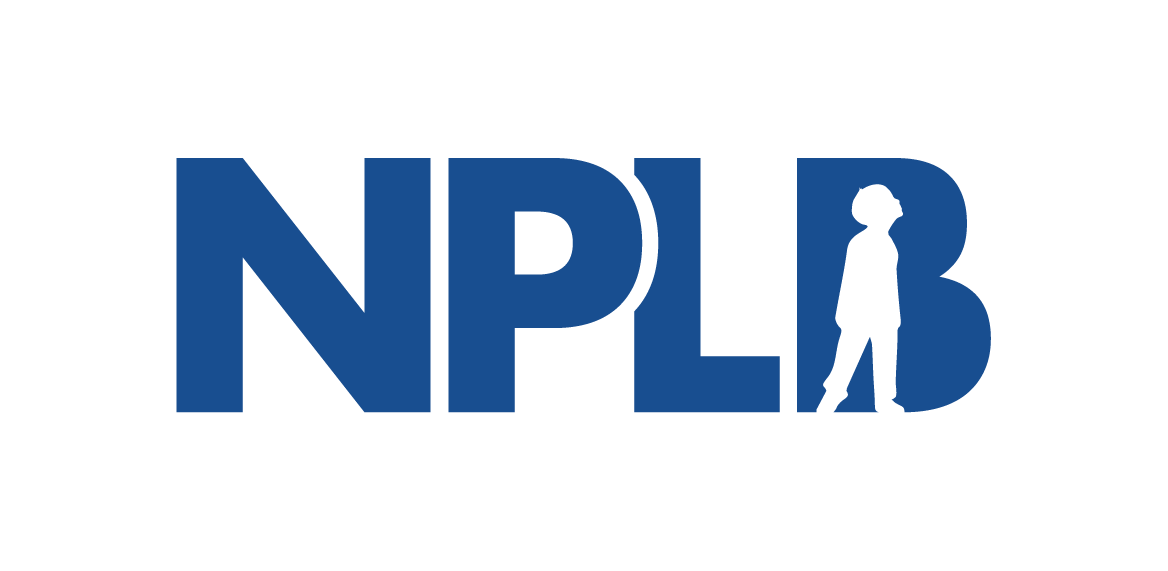PBMs: The Secretive Middlemen for Insurance and Drug Companies
By: Thomas Culman
Whenever you make a large purchase—a house, a car, or a chunk of stock—there’s almost always an intermediary—a real estate agent, a car salesman, or a stock broker. In healthcare, you might think this analogous to your insurance company, but a better comparison would be to your insurer’s pharmacy benefit manager, or PBM.
PBMs are responsible for organizing many of the interactions between health insurers, drug manufacturers, and pharmacies. Perhaps their most important and heavily scrutinized role is negotiating rebates between drug companies and insurers. Insurance companies hire PBMs to organize the rebates into formularies, or lists of prescription drugs, that insurers use to determine which drugs their plans will cover. PBMs are paid by insurers and keep some of the negotiated rebate.
Sounds like a simple and necessary relationship. But it is also a controversial one. PBMs save insurance companies money on drug purchases, but those savings aren’t necessarily passed along to the people who actually need the medicines to get well or stay well.
PBMs have consolidated bargaining power in a convoluted system. The way they operate, and the lack of full transparency in their formularies, has raised suspicion regarding their role. That mistrust is only exacerbated by how much PBMs seem to benefit when drug prices rise. After all, PBMs have a lot of power in determining what our society pays for drugs, and so have become part of the drug pricing debate.
But let's take a step back. When a pharmaceutical company releases a new drug, it gets to set the price. This is called the “list price” and has been rapidly rising in recent years. When determining price, drug makers take into account manufacturing costs, the cost of research and development, and how many people have the condition the drug treats. They also try to offset the rebates they will pay PBMs.
Because the list price is publicly available, it’s often cited as the price of a drug, but it’s far higher than what most insurers pay after PBMs negotiate on their behalf. This more realistic price, or “net price,” is also rising, though at a slower pace than list prices.
Drug manufacturers sometimes point to rebates as the reason behind rapidly rising list prices. But too much of the process is confidential to know how big a role rebates play in pricing. Both PBMs and drug manufacturers tend to blame each other for rising drug prices. Manufacturers claim they must charge enough to make a reasonable profit once PBMs take their share. In turn, PBMs claim their negotiating power saves everyone money overall.
Most patients don’t benefit directly from the rebates, which don’t affect out-of-pocket costs. So they might still pay full list price until they meet their deductible. Copays and co-insurance are not directly affected, either. Instead, PBMs only save patients money by keeping insurance rates lower than they would be if insurers had to forego rebates.
PBMs’ size is what makes them such effective negotiators. In 2018, three PBMs oversaw 76 percent of prescriptions. One of the biggest, Express Scripts, covers more than 3,000 health insurance plans serving about 75 million subscribers. Some of those plans, such as Tricare, which serves the U.S. military, would have hefty negotiating power on their own. By using Express Scripts, however, it has even more muscle.
Their size gives PBMs power even before negotiations begin, and makes them an important player in deciding which drugs might do well in the marketplace. That’s because insurance companies won’t cover a drug for their subscribers until its PBM has placed the drug on its formulary.
The complexity of the system, as well as the desire to consolidate negotiating power, has led PBMs, insurance companies, and pharmacies to merge. For example, CVS Corp. owns CVS Pharmacies, CVS Caremark (one of the largest PBMs), and Aetna health insurance. The other two largest PBMs, Express Scripts and OptumRx, are owned by Cigna and UnitedHealth, respectively.
PBMs work with a third group as well: pharmacies. Insurance companies rarely pay pharmacies directly for the drugs their subscribers buy. Instead, that money flows through the PBM, then to the pharmacy, so that the insurance companies benefit from the rebate the PBM negotiated. PBMs don’t handle the drugs themselves, though. They move from the manufacturer to pharmacies through wholesalers.
PBMs do not typically tell insurance companies what they are paying pharmacies for drugs. As a result, insurers might pay the PBM more than the PBM paid the pharmacy. This difference in pricing is called “the spread,” and PBMs are the ones who profit from it. The Ohio Auditor’s office uncovered a $225 million spread between what Medicaid paid its PBM in just that one state alone and what the PBM paid Ohio pharmacies. Of that, $208 million came from payments for generic drugs that should be among the least expensive.
A similar tactic used to be applied at the patient level. Until recently, most PBMs had a gag clause in their contracts that prohibited pharmacists from telling patients when they were paying more for a drug by using their insurance than if they simply paid cash. In 2018, a federal law prohibiting gag clauses passed.
The health care policy debate is constantly shifting, making it difficult to predict what challenges or regulations PBMs might face in the near future. But for now they remain major players in healthcare, as both powerful negotiators and intermediaries working in the shadows, beyond the notice of patients.
Tom Culman is a senior research assistant at RA Capital in Boston.
